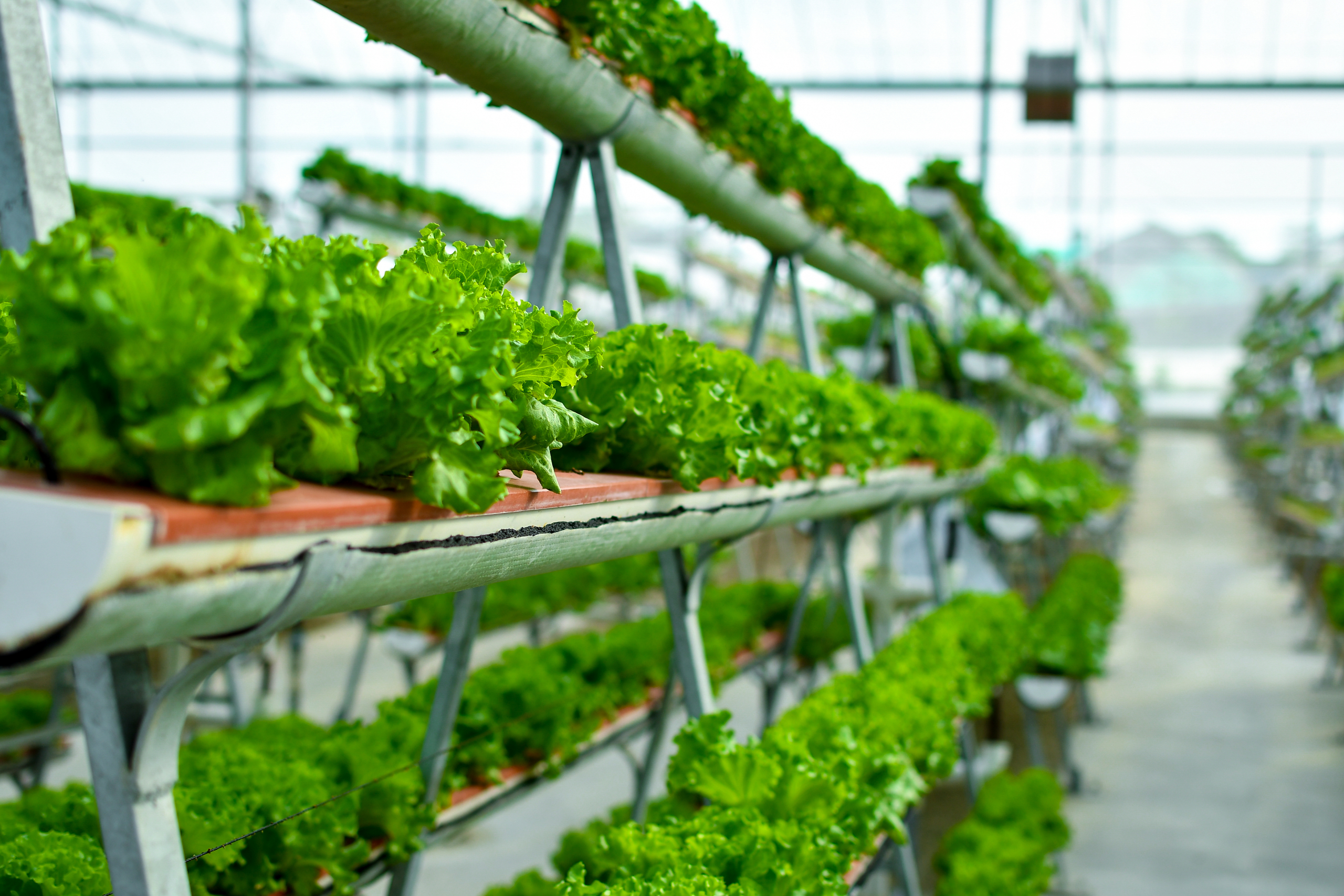[embed]https://vimeo.com/395556229[/embed]
In recent years, retailers, farmers, and suppliers have been investing a lot more on vertical farms than any other type of farming in urban agriculture. As people start to see the merit of growing farms in close proximity to where customers live, the interest in vertical farming has drastically increased.
In fact, this type of market is expected to grow by more than 27% from 2019 to 2026 statistics shows.
With so many food growers turning their attention to this type of farming, people have been asking the following question: “Vertical Farms, is this the way forward for the agriculture business”? Here we will focus on this popular concept, what it could bring to agriculture, and the possible potential it has to revolutionize the farming industry.
How Can Vertical Farming Benefit Urban Agriculture?
To answer the question about “Vertical Farms is this the way forward for the agriculture business," we must first analyze this type of farming as a whole and how it can affect future farming industries.
Many experts predict that farming will drastically change in the future. There is a huge probability that our food could be planted, gathered, and grown by AIs (artificial intelligence). All the products will be plucked from trays stacked vertically in a highly organized and technologically advanced greenhouse.
In other words, these are vertical farms. With the rising concerns for pliable land, vertical farming seems a lot more approachable and beneficial for growing different kinds of crops. This method:
* It requires less fossil fuel and less water than outdoor farming.
* It provides fresh produce without any pesticide residue.
* Is a solid space-saving system
People have turned to vertical farming mainly from environmental and financial pressures. The goal is relatively simple. Farmers must find to make use of the small space they have to fill up their greenhouses and still provide their crops with a healthy and adequate growing space.

vertical farming
Can Vertical Farming Bring A New Era of Agriculture?
If you take all the previously mentioned factors and benefits of vertical farming than it’s safe to say it has huge potential. While it is not a flawless method, it does have the capability to bring about a new stage of agriculture.
With the mechanized farms in the future, vertical farms are much easier to implement in a highly advanced industry. Farmers can make the most of the tech that will be available in the future and compile a highly advanced growing system that can produce a lot more product with less wasted resources. It will also make farming and growing produce a lot easier, particularly in areas with high demand in more difficult climate regions.
Final Thoughts
Industry leaders and futurists see hope in vertical farming. They consider this highly advanced system as an excellent operation for the future of agriculture. Farmers can operate at any place and work at any time, regardless of the weather conditions and harmful pests, but it’s not a method without its flaws. vertical farming
vertical farming
Leave a Comment